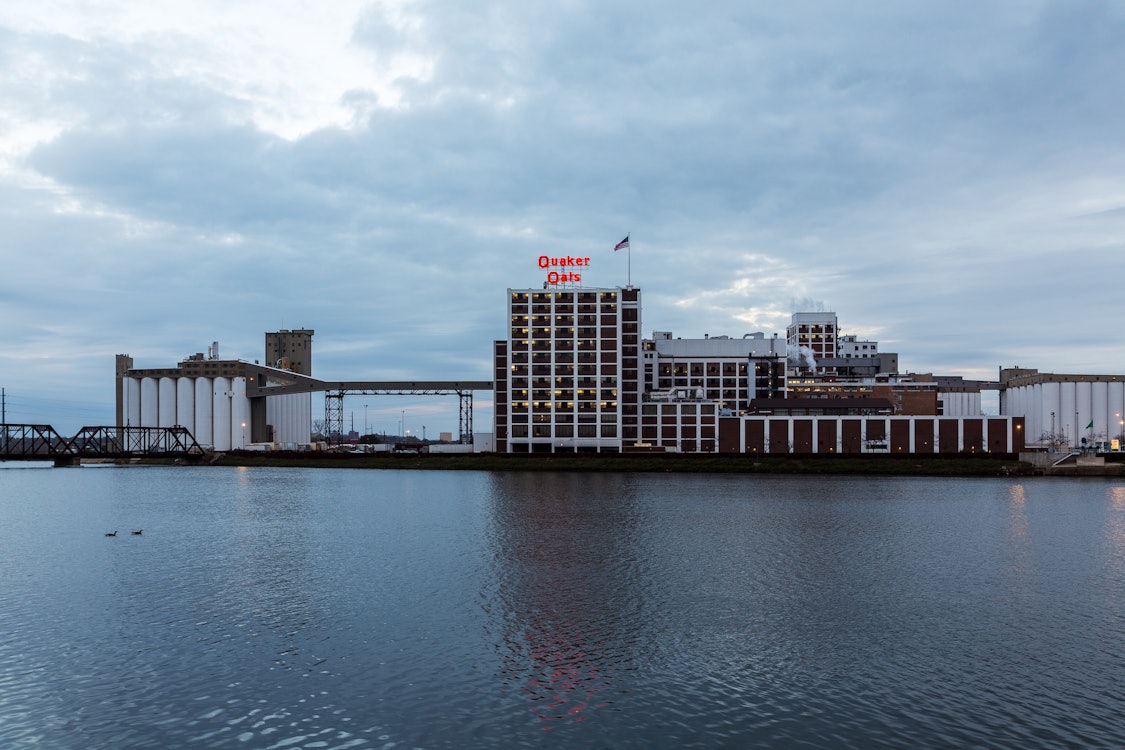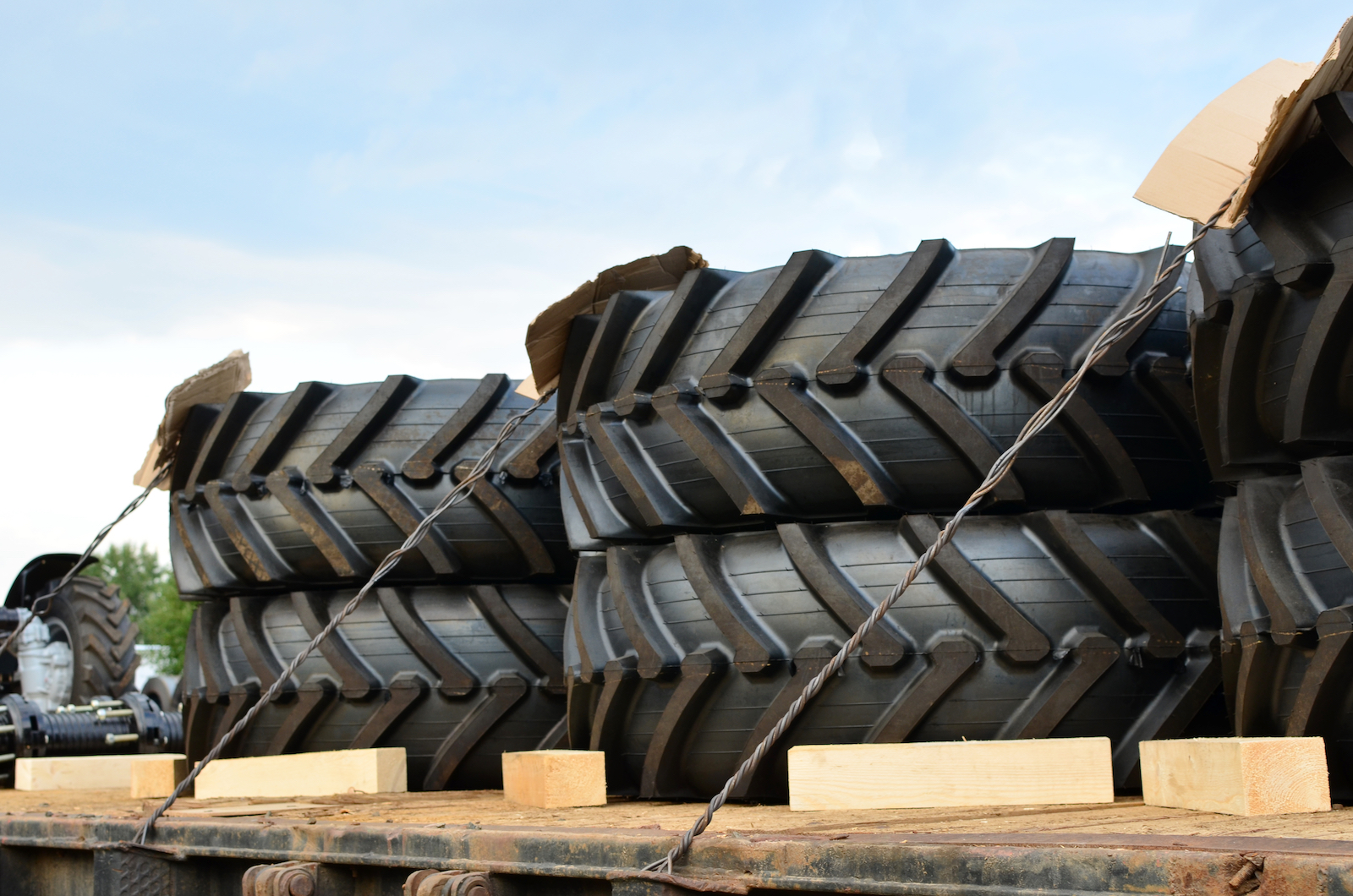The Des Moines Register ran a piece on New Year’s Day called Culver resolves to leave as premier Iowa governor:
Gov. Chet Culver, who plans to run for re-election in 2010, gave himself overall high marks for his first two years in office during an exclusive, year-end interview with The Des Moines Register this week.
Some of the accomplishments he touted include improvements to health care coverage for children, expanded preschool, alternative energy incentives and efforts to help Iowa in flood recovery.
Culver has a picture of former Iowa Gov. Horace Boies on the wall of his office at the Capitol, which he uses as inspiration.
“Some people say he’s the best governor we ever had and that’s my goal: To try to be the best governor we ever had, and I’ve got a lot of work to do to achieve that goal,” Culver said.
I don’t know a thing about Horace Boies, but the piece got me thinking about what Culver would have to do to go down in history as the best governor Iowa ever had.
What makes a governor, or any elected official, memorable in a good way for decades after leaving office?
Some politicians make history instantly by being the first something-or-other to reach a particular position. Whether Barack Obama turns out to be a great president or achieves as little as Millard Fillmore, he’ll be remembered for centuries as the first black man elected president.
Culver’s not going to be remembered for being the first of anything.
Some politicians are good at winning elections but don’t leave much of a legacy. Terry Branstad never lost an election and served four terms as governor of Iowa, but he’s not going to make anybody’s “best governors ever” list.
Bob Ray was a good man and had a lot of crossover appeal. He was re-elected by big margins. (He was the only Republican who ever got my mother’s vote, as far as I know.) He was tolerant and even encouraged foreign immigrants to move here, which may be hard to believe if you’ve only ever known Republicans since 1990. I don’t know whether Ray had any big accomplishments historians will be talking about far into the future, though.
If Culver does an adequate job governing Iowa through a difficult economic stretch, he should be able to win re-election. But if he wants to be remembered 50 or 100 years from now, he’s going to have to do something big to change business as usual in this state.
On January 1 former Senator Claiborne Pell of Rhode Island passed away at age 90. He’s been out of the Senate for more than a decade, he represented a small state, and according to his obituary he was a weak chairman of the Senate Foreign Relations Committee.
Nevertheless, people remember him because Pell Grants have helped thousands and thousands of Americans go to college. Millions of Americans have a friend or relative who received a Pell Grant. The grants may not be large enough to meet the need and have not increased at the same rate as college tuition, but they have improved people’s lives in a tangible way.
Lots of people serve in Congress for decades without ever achieving anything as significant as establishing the Pell Grant program. They may be more politically skilled than Claiborne Pell, but they won’t be remembered in the same way. He was passionate about expanding opportunities for children of modest means, and he made lasting change toward that end.
I don’t know what issues are particularly important to Culver. From my perspective, he needs to be ambitious about achieving some goal that benefits large numbers of Iowans. He’s more fortunate than Tom Vilsack, because the Republicans are not in a position to block his agenda in the legislature. He may need to spend political capital to get the Democratic leaders in the statehouse to back him, but he’s got a better chance than Vilsack to make big changes.
I haven’t seen Culver take a lot of political risks during his first two years. He’s done good things, like raising the minimum wage, making health care accessible for more children and allocating more money to the Main Street program. He’s tried to do other good things, like expand the bottle bill to include juice, water and sports drinks (the legislature did not approve that measure).
But Culver is not out there on any controversial issue. He said he was for local control over siting of large hog lots (CAFOs) when he was running for governor, but he hasn’t done anything to get the legislature to pass agricultural zoning. I don’t expect that to change, even though the Iowa Democratic and Republican party platforms ostensibly support “local control.”
When the legislature debated the TIME-21 proposal to increase transportation funding, Culver did not get behind efforts to increase the share of funds devoted to freight and passenger rail, public transit or maintaining existing roads. As a result, it’s possible that new road construction will consume all of the extra money allocated to transportation.
Culver supports renewable energy, but he hasn’t taken a position on the new coal-fired power plants proposed for Waterloo and Marshalltown. Nor has he leaned on the legislature to pass an ambitious renewable electricity standard (for instance, requiring that 20 percent of electricity come from renewable sources by 2020). That kind of mandate would require utilities to ramp up clean energy production more quickly.
Faced with a major revenue shortfall, Culver took the relatively safe path of imposing a hiring freeze, reducing out-of-state travel, and then cutting spending across the board by 1.5 percent.
Perhaps the Popular Progressive blog was right, and Culver should have spared some state agencies from cuts while imposing deeper cuts on the agencies that are not performing as well.
Depending on what Culver cares about most, and what he views as achievable, he could secure his legacy in any number of ways.
He could become the governor who made sure Iowa’s water was cleaner when he left office than when he arrived. But that would require addressing some conventional agricultural practices that cause runoff problems. Obviously, the groups backing the status quo in agriculture are quite powerful.
Culver could become the governor who took the climate change problem seriously and put us on track to reduce our carbon-dioxide emissions. That means getting behind the recommendations of the Iowa Climate Change Advisory Council and making sure budget constraints don’t become an excuse for doing little to promote clean, renewable energy.
Culver could become the leader who helped solve our budget problems by restructuring government to save taxpayers money without reducing essential services. That might require treading on politically dangerous territory. Maybe Iowa needs to take radical steps to save money, like reducing the number of counties.
My list is not exhaustive, so feel free to add your ideas in the comments.
I’ll wager that anything big enough to put Culver on the all-time great governors list would be risky for him to pursue. He might fail to secure the legislature’s backing and come out looking ineffective. Also, some policies with long-term benefits may be unpopular in the short term, either with the public or with well-funded interest groups.
Playing it safe may give Culver a better chance of being re-elected, but at a cost to his potential legacy.
What do you think?
Continue Reading...





